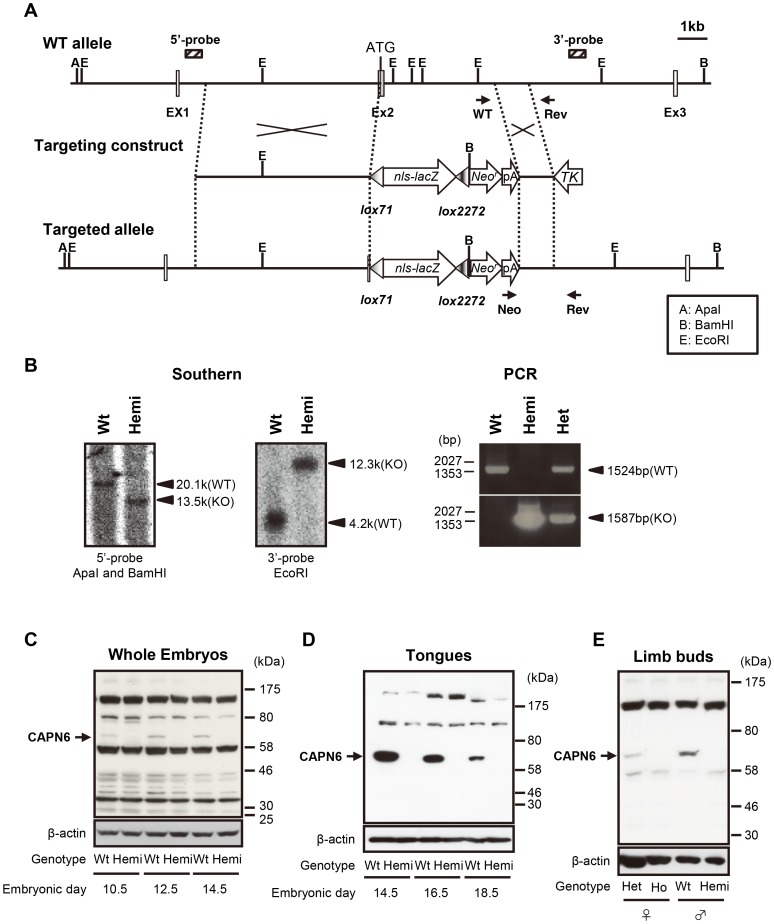Figure 1. Targeted disruption of the Capn6 gene.
(A) Schematic representation of the targeting strategy used to knock-in an nls-lacZ cassette into the mouse Capn6 locus. Exons 1 to 3 are indicated by open boxes with exon numbers. The 5′- and 3′-probes for Southern blotting are shown as hatched boxes. PCR primer positions for genotyping are indicated by arrows (see Table S1 for primers). Neor, neomycin-resistance gene; pA, poly A tail; TK, thymidine kinase; A, ApaI; B, BamHI; E, EcoRI. (B) Southern blot (left) and PCR (right) analyses of genomic DNA extracted from mouse tails. The bands of the Southern blot represent ApaI/BamHI- or EcoRI-digested genomic DNA from wild-type and Capn6lacZ/Y mice, probed with the 5′- or 3′-probe. (C–E) Western blot analyses confirming the absence of CAPN6 in Capn6-deficient mice. Total lysates were obtained from E10.5, E12.5, and E14.5 whole embryos (C), the tongue of E14.5, E16.5, and E18.5 embryos (D), and limb buds of E13.5 embryos (E). A band of around 70 kDa (indicated by arrows) was diminished in the Capn6-deficient embryos and was presumed to be CAPN6, and all the other bands were considered to be non-specific. Wt, Capn6+/Y (♂); Hemi, Capn6lacZ/Y (♂); Het, Capn6lacZ/+ (♀); Ho, Capn6lacZ/lacZ (♀).

